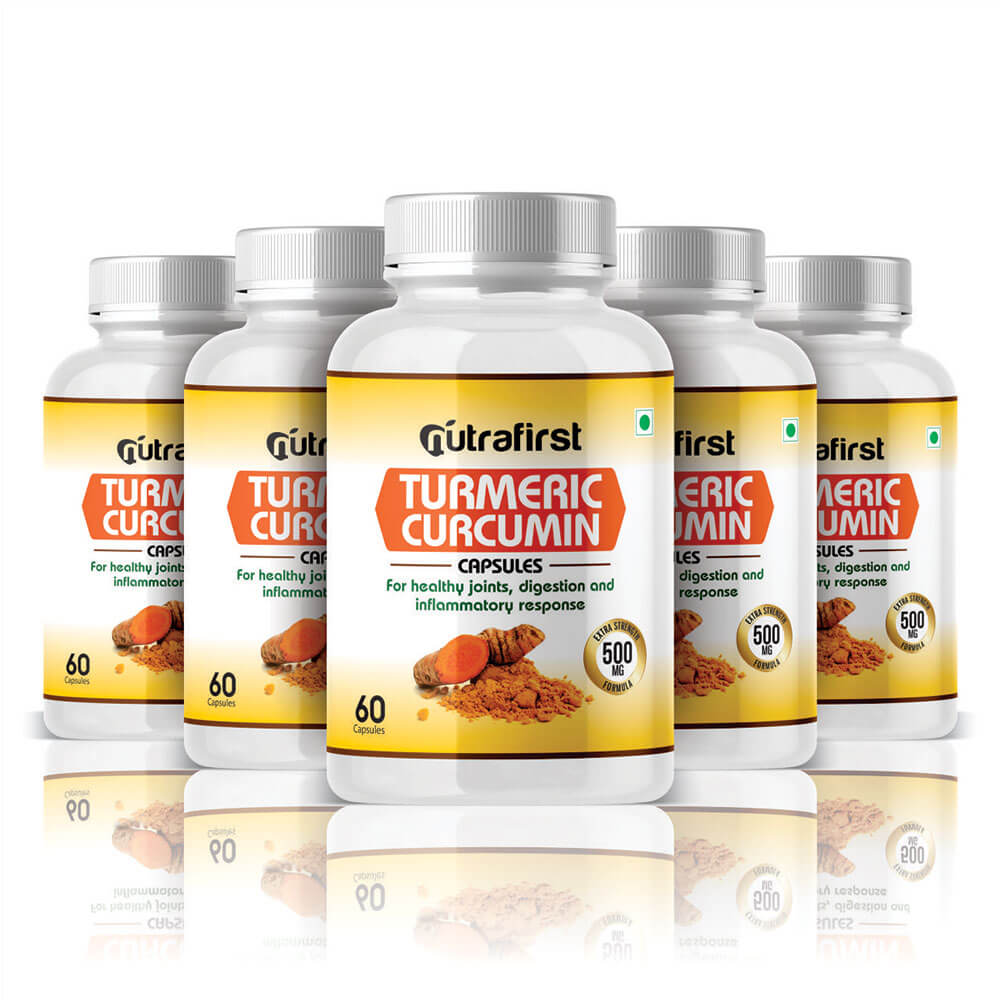Turmeric, the radiant golden spice that has captivated the senses of many, holds within its vibrant hues a treasure trove of health benefits and culinary delights. This precious ingredient, with its earthy aroma and distinctive flavor, has been an integral part of ancient civilizations for centuries. From its origins in Southeast Asia to its widespread use in Indian Ayurvedic medicine, turmeric has proven its worth as a versatile spice. With its rising popularity in recent years, it is time to unveil the mysteries of this golden gem and explore the wonders it carries within. Let us embark on a journey to discover the enchanting world of turmeric and the secrets it holds for our well-being and taste buds alike.
Health Benefits of Turmeric
Turmeric, the golden spice that has been prized for centuries in traditional medicine, is garnering increasing attention for its numerous health benefits. This vibrant yellow spice, derived from the Curcuma longa plant, contains a powerful compound called curcumin, which is responsible for many of its therapeutic properties.
Anti-inflammatory Effects: Curcumin has long been recognized for its potent anti-inflammatory properties, which can help alleviate symptoms associated with chronic inflammation. Studies have shown that curcumin can inhibit the activity of inflammatory enzymes, reducing inflammation and its associated pain. This makes turmeric an excellent natural alternative for those seeking relief from conditions such as arthritis or inflammatory bowel disease.
Antioxidant Power: Turmeric boasts impressive antioxidant capabilities, thanks to curcumin's ability to neutralize harmful free radicals in the body. These free radicals can cause oxidative stress, which contributes to aging and various chronic diseases. By scavenging these free radicals, turmeric can help protect cells from damage and promote overall well-being.
Potential Cancer-Fighting Properties: Some studies suggest that curcumin may have anticancer effects due to its ability to inhibit the growth of cancer cells and interfere with tumor development. Your Domain Name Although more research is needed, initial findings are promising, indicating that turmeric may play a role in cancer prevention and treatment.
In conclusion, turmeric with its active compound curcumin offers a wide array of health benefits. From its anti-inflammatory effects to its potential anticancer properties, incorporating this spice into your diet can be a simple and effective way to promote your overall well-being.

Culinary Uses of Turmeric
Turmeric, the golden spice revered for its vibrant color and earthy flavor, is a staple ingredient in many culinary traditions. Its unique taste and health benefits make it a versatile addition to various dishes and beverages. Let's explore some of the culinary uses of turmeric.
Enhancing Curries and Stews: Turmeric is a key ingredient in curries and stews, adding a warm and slightly bitter taste. Its bright yellow hue not only enhances the visual appeal of these dishes but also imparts a distinct flavor that complements other spices and ingredients.
Seasoning Rice and Grains: Turmeric can be used to infuse rice and grains with a subtle yet delightful flavor. Adding a pinch of turmeric while cooking rice or grains can transform them into vibrant and aromatic side dishes that pair well with a variety of main courses.
Creating Golden Milk and Tea: Turmeric's versatility extends to beverages, with "golden milk" and turmeric tea gaining popularity. Golden milk, a warm and comforting drink, combines turmeric with milk, spices, and sometimes sweeteners for a soothing and nutritious concoction. Turmeric tea, on the other hand, highlights the spice's natural health benefits by steeping it in hot water to create a revitalizing beverage.

Incorporating turmeric into your culinary repertoire not only adds flavor and color to your creations but also offers potential health benefits. From curries and stews to rice dishes and beverages, turmeric brings its unique charm to a variety of culinary delights.
Historical Significance of Turmeric
Turmeric, a vibrant golden spice, has a long and fascinating history that spans many centuries and cultures. Its significance can be traced back to ancient times, where it was cherished not only for its culinary uses but also for its medicinal properties.
In ancient India, turmeric played a prominent role in various rituals and ceremonies. It was regarded as a symbol of fertility, purity, and prosperity. In Hindu weddings, a paste made from turmeric was applied to the bride and groom as a way to bless them with good fortune and ward off evil spirits.
Beyond its ceremonial importance, turmeric was also highly valued for its medicinal benefits. Ayurveda, an ancient Indian system of medicine, recognized turmeric as a powerful healing herb. It was used to treat a wide range of ailments, including digestive issues, skin problems, and respiratory conditions.
As trade routes expanded, turmeric found its way to other parts of the world, captivating different cultures along the way. In ancient Rome, turmeric was used as a natural dye for textiles, creating vibrant yellow hues. It was also used for its aromatic properties in perfumes and ointments.
In medieval Europe, turmeric gained popularity as a spice and a natural dye. It was highly prized for its ability to add a distinct flavor and vibrant color to various dishes. Turmeric even played a role in traditional medicine, with herbalists utilizing its anti-inflammatory and antioxidant properties.
Throughout history, turmeric has been celebrated for both its culinary and medicinal qualities. Today, its ancient significance continues to be acknowledged as scientific research further uncovers its potential health benefits. From its humble beginnings as a sacred spice in ancient rituals to its widespread use in modern cuisine, turmeric truly holds a special place in our history and culture.
